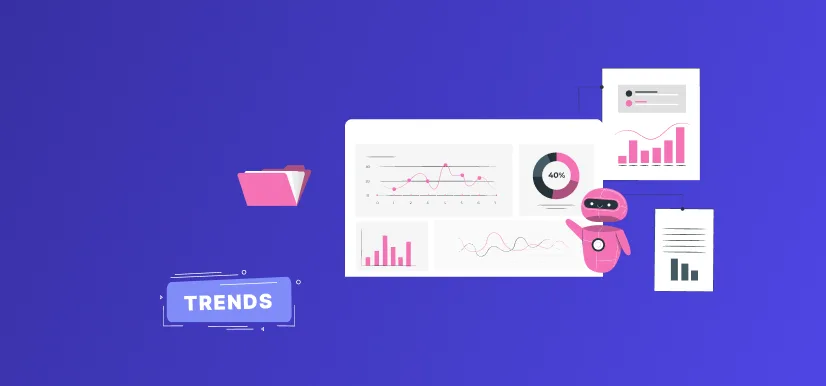A/A Testing
What Is A/A Testing?
A/A testing is a method of testing in which two identical versions of a web page are shown to users at random. The purpose of A/A testing is to identify any discrepancies between the two versions that could impact the user experience.
A/A testing can be used to test anything on a web page, from the layout to the color scheme. It is an effective way to ensure that changes made to a web page do not negatively impact the user experience.
When doing A/A testing, it is important to keep track of all metrics that could be affected by the change. This includes things like click-through rate, conversion rate, and bounce rate. By tracking these metrics, you can quickly identify any issues that arise from the change.
A/A testing is an important tool for any organization that relies on its web presence to drive business. By doing A/A tests, you can ensure that you have a benchmark for your web page when preparing a/b tests or some other experiments.
Why to Do A/A Testing?
Many organizations choose to do A/A testing for a variety of reasons.
Firstly, A/A testing can help to ensure the accuracy of the A/B testing tool that is being implemented. This is important because if the results of an A/B test are inaccurate, it could lead to bad decision-making based on those results.
Secondly, A/A testing can be used to set a baseline conversion rate for future A/B tests. This is helpful in determining how effective future A/B tests will be and whether or not they are worth doing.
Finally, A/A testing can also be used to decide on the minimum sample size for future A/B tests. This is important because if the sample size is too small, the results of the A/B test may not be statistically significant.
Overall, A/A testing can be a helpful tool for organizations to use for a variety of reasons. By ensuring the accuracy of the A/B testing tool being used, setting a baseline conversion rate, and deciding on minimum sample size, organizations can make sure that they are getting the most out of their A/B testing efforts.
How to Create A/A Testing?
Running an A/A test is similar to running an A/B test, except that the two groups of users who are chosen at random for each variation get the same experience.
Two groups of users are given high-traffic web pages that are exactly the same. Both of these groups have the same kind of user experience.
KPI (Key Performance Indicator) is also likely to be the same for both groups.
If the KPIs don't match, the exact reasons for the unexpected result should be looked into.
Frequently Asked Questions About A/A Testing
What Should I Look For When Interpreting Results From An A/A Test?
When interpreting results from an A/A test, you should look for any significant differences in performance between the two pages. If there are no significant differences in performance between the two pages, it indicates that your sample groups were split randomly and your tests were set up correctly. However, if there are significant differences in performance between the two pages, it could indicate a problem with either your sample groups or your tests.
What Are Some Common Problems That Can Occur With An A/A Test?
Some common problems that can occur with an A/A test include incorrect implementation of code on one or both pages, incorrect settings within the testing platform, or incorrect segmentation of users into different groups for testing purposes. Additionally, if there is too little traffic to generate statistically significant results from the test then this can also lead to inaccurate results from an A/A test.
Is There Any Benefit To Running An A/A Test Before Running An Actual Experiment?
Yes! Running an initial “control” experiment (i.e., an A/A test) before running a real experiment (i.e., an actual experiment) can help you gain valuable insights into how well your chosen testing platform works and whether or not it’s accurately measuring performance changes between different variations of a webpage or app feature before moving forward with more complex experiments involving multiple variables and user segments etc.
What Is The Difference Between An A/B And A/A Test?
An A/B test involves comparing two different versions of a page against each other while an A/A test compares two identical versions against each other – essentially “testing” your “tests” by ensuring they are working properly before moving forward with more complex experiments involving multiple variables etc.
Get a weekly roundup of Ninetailed updates, curated posts, and helpful insights about the digital experience, MACH, composable, and more right into your inbox

